Planting for Spring: A Guide to Autumn and Winter Bulbs
Welcome to Handy Household’s Guide to Planting for Spring
As the autumn days grow shorter and cooler, now’s the perfect time to think ahead to a blooming garden come spring! Planting bulbs in autumn and early winter will ensure a vibrant display when warmer weather returns. This guide covers popular UK garden bulbs that thrive when planted in the autumn months, providing beautiful blooms in spring.
General Planting Tips
- Choose the Right Spot
Most spring-blooming bulbs do best in full sun, but some (like crocuses and daffodils) can tolerate partial shade. - Prepare the Soil
Well-draining soil is essential to prevent bulbs from rotting. If your soil is heavy clay, mix in some grit or compost to improve drainage. - Plant at the Right Depth
Follow the recommended planting depth for each bulb type to ensure they develop strong roots and shoots. - Watering
Water bulbs thoroughly after planting to help them settle in. After this, they generally don’t need much water over the winter. - Mulching
Add a layer of mulch to protect bulbs from frost, especially in exposed areas. This also helps retain soil moisture as bulbs start to grow in early spring.
As always, follow any recommendations on the bulbs’ packaging as each variety may have its own specific needs.
Tulips
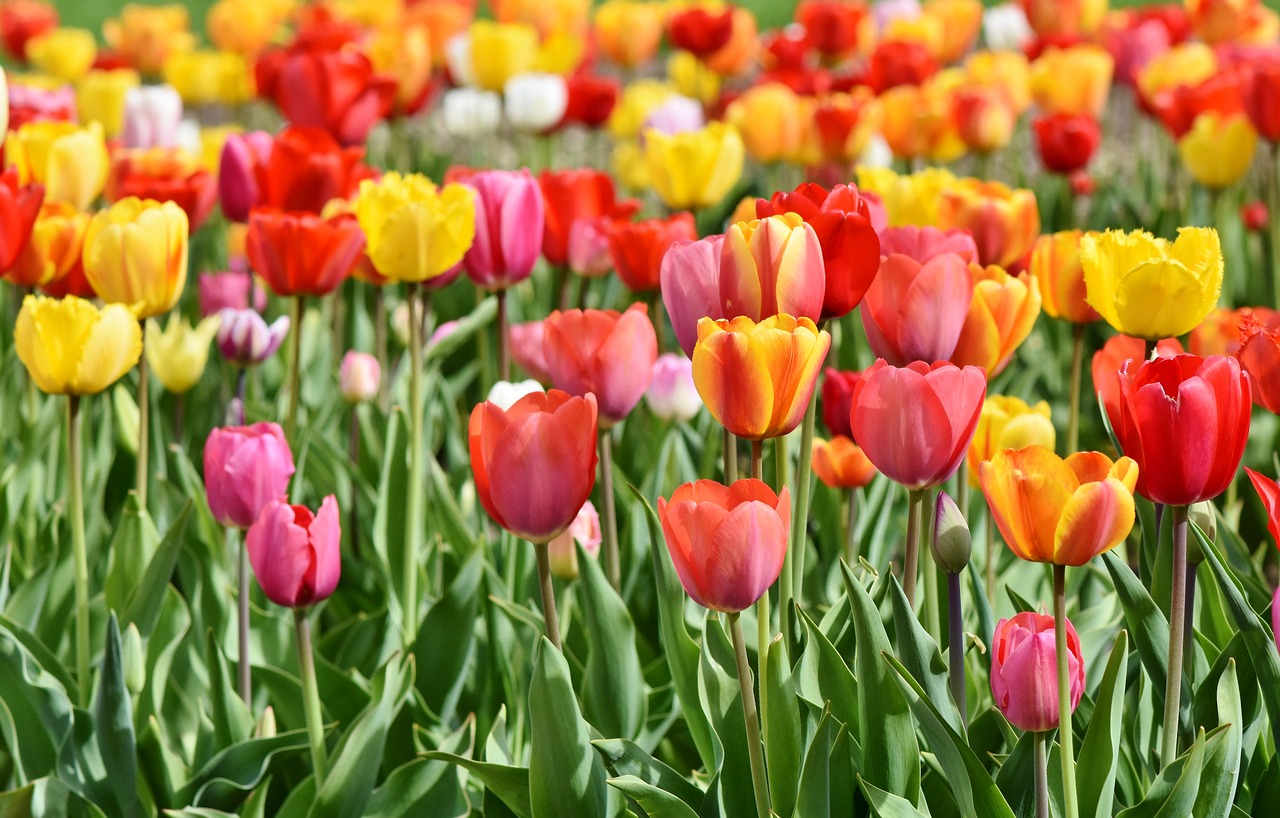
Bright and Bold
Tulips are one of the most beloved spring flowers, and they’re best planted in November. The cooler autumn soil prevents fungal diseases, allowing tulip bulbs to grow strong roots over winter.
Varieties
From classic reds like Tulip Red Revival to mixed pastels, there are tulips for every colour scheme.
Planting Depth
Plant tulips about 15 cm deep and 10 cm apart in well-draining soil.
Tips
Tulips prefer full sun but can tolerate partial shade. For a longer display, plant a mix of early, mid-season, and late-blooming varieties.
Daffodils
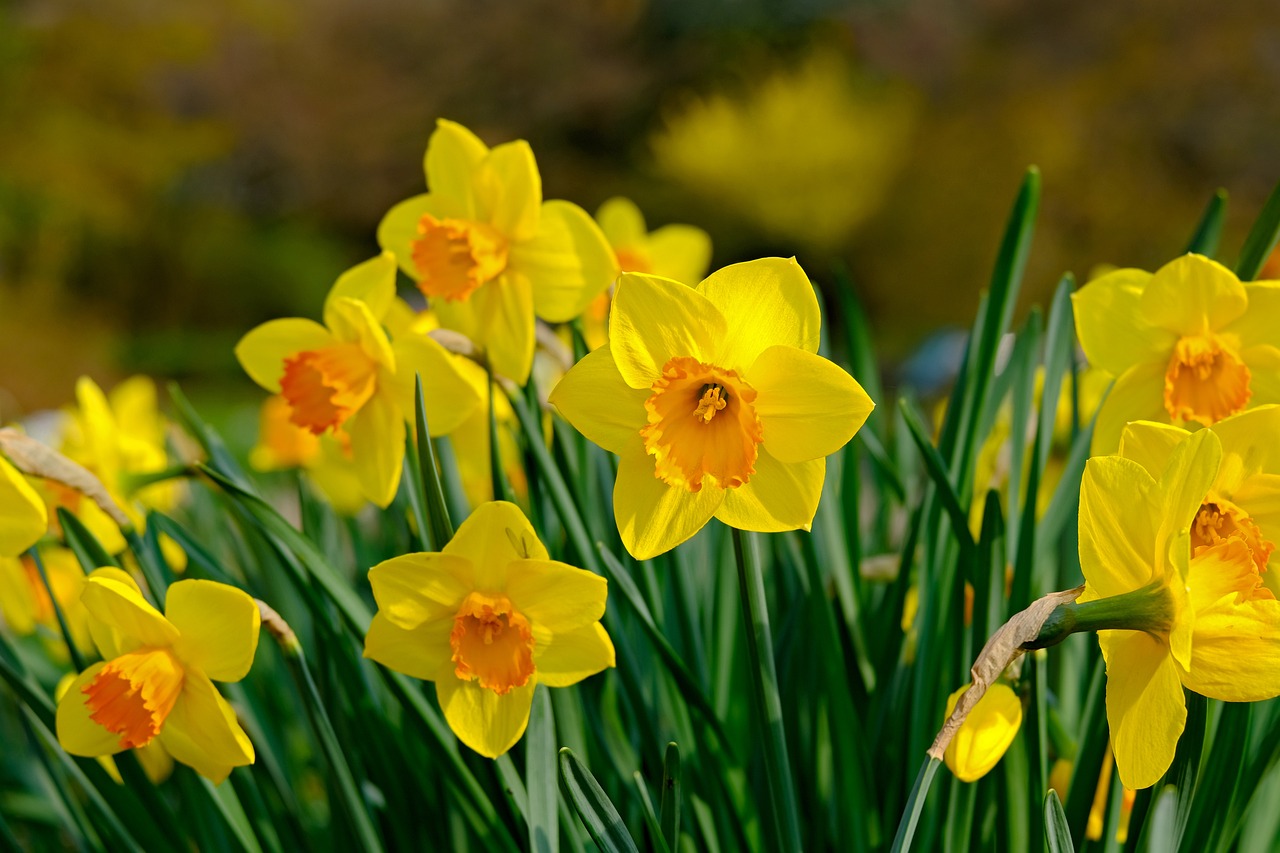
Bright Yellow Cheer
Daffodils, known for their cheerful yellow flowers, are perfect for early spring blooms. They’re hardy and adaptable, often blooming even in tricky weather.
Varieties
Choose from traditional yellow, white, and multi-flowered types.
Planting Depth
Plant bulbs 10-15 cm deep and about 10 cm apart.
Tips
Daffodils do well in full sun or partial shade. Avoid planting them in waterlogged soil to prevent rot.
Alliums
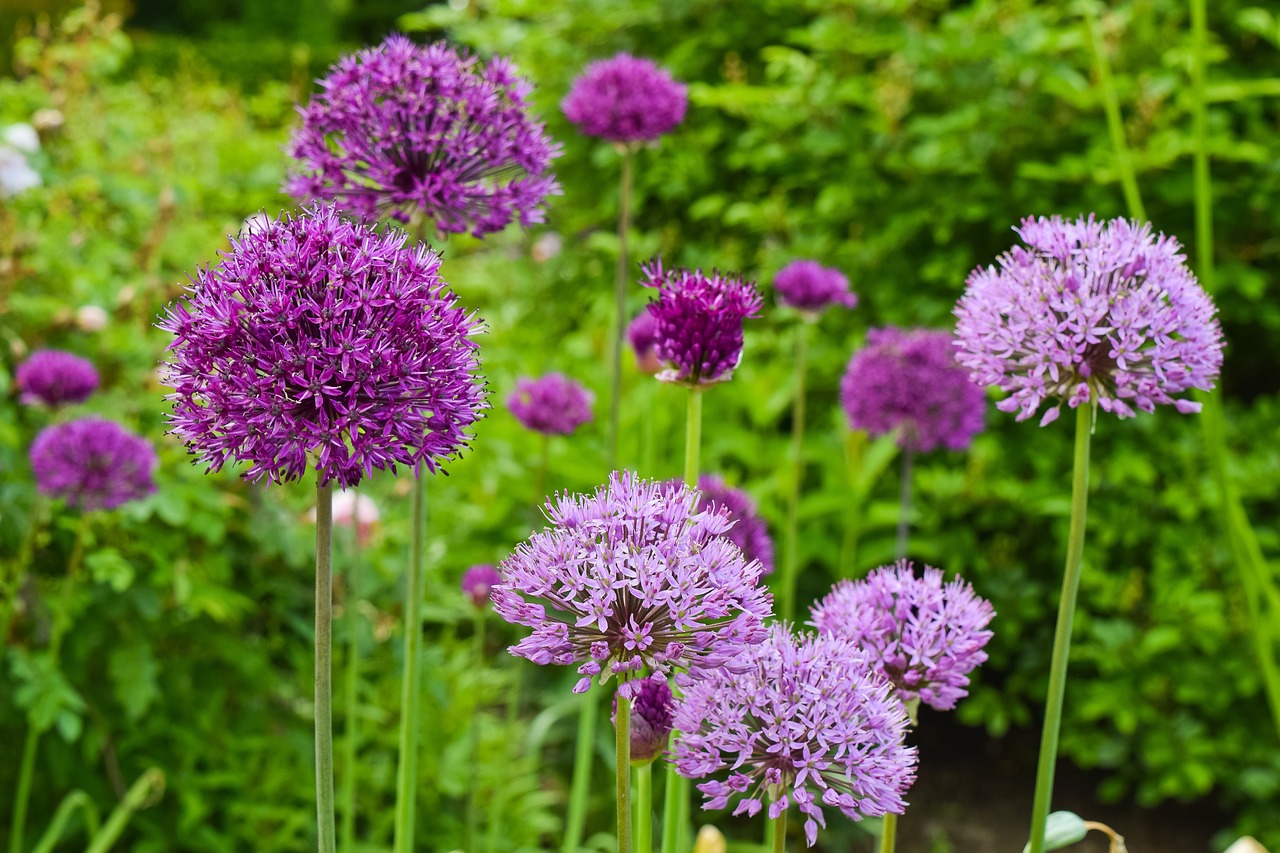
Dramatic Spherical Blooms
With their striking round clusters, alliums add a touch of drama to the garden. Varieties such as Allium Christophii and Allium Mount Everest make for eye-catching displays.
Fun fact: Garlics and Onions are Alliums!
Planting Depth
Plant allium bulbs 10-15 cm deep and 15-20 cm apart.
Tips
Alliums thrive in well-draining soil and full sun. They are drought-tolerant once established, making them ideal for low-maintenance gardens.
Crocuses
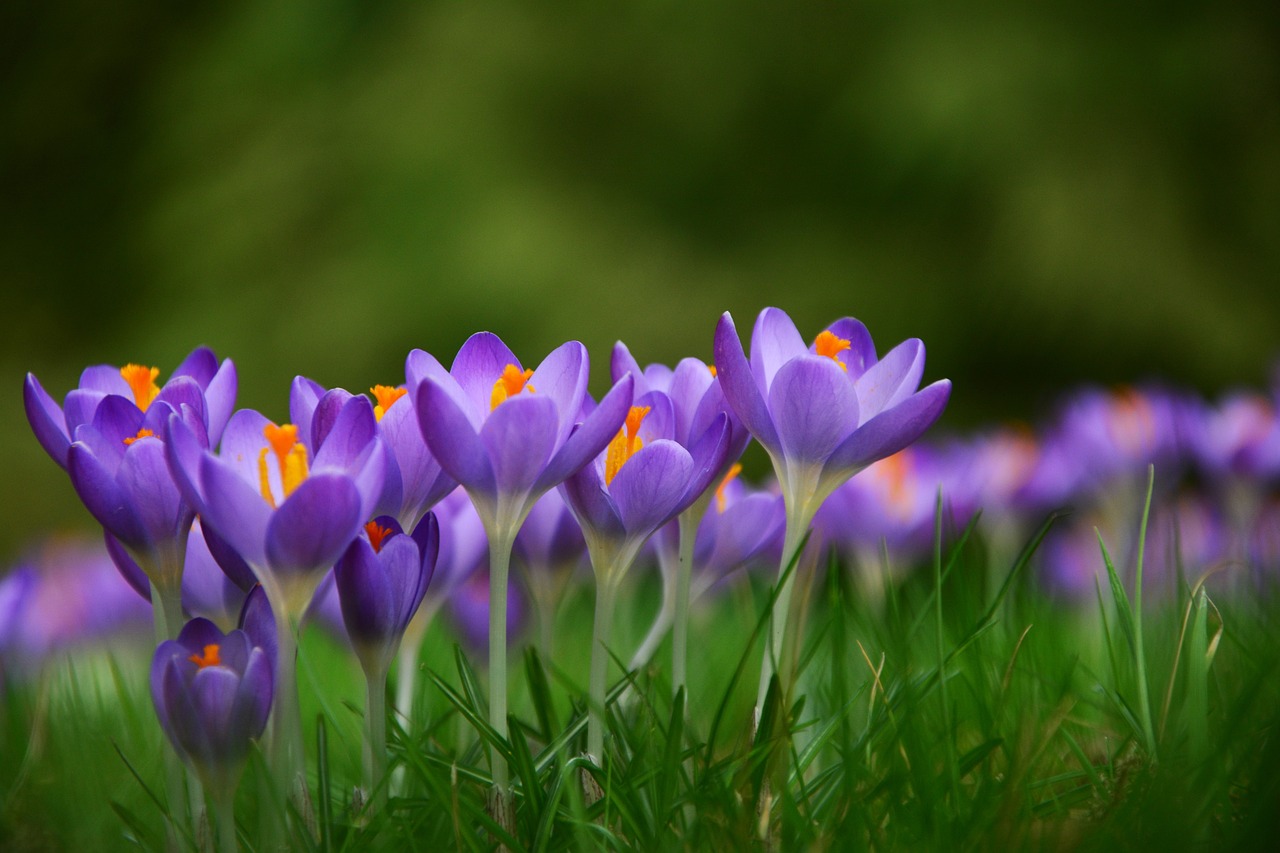
Small but Mighty
Crocuses are early bloomers, often flowering even before winter is fully over. These low-growing flowers are perfect for adding a carpet of colour to your garden.
Varieties
Spice Crocus and Blue Magic add lovely purples and whites to borders or containers.
Planting Depth
Plant crocus bulbs 5-8 cm deep and about 5 cm apart.
Tips
Crocuses are excellent for naturalising in lawns or under trees. They thrive in full sun but can tolerate some shade.
Hyacinths
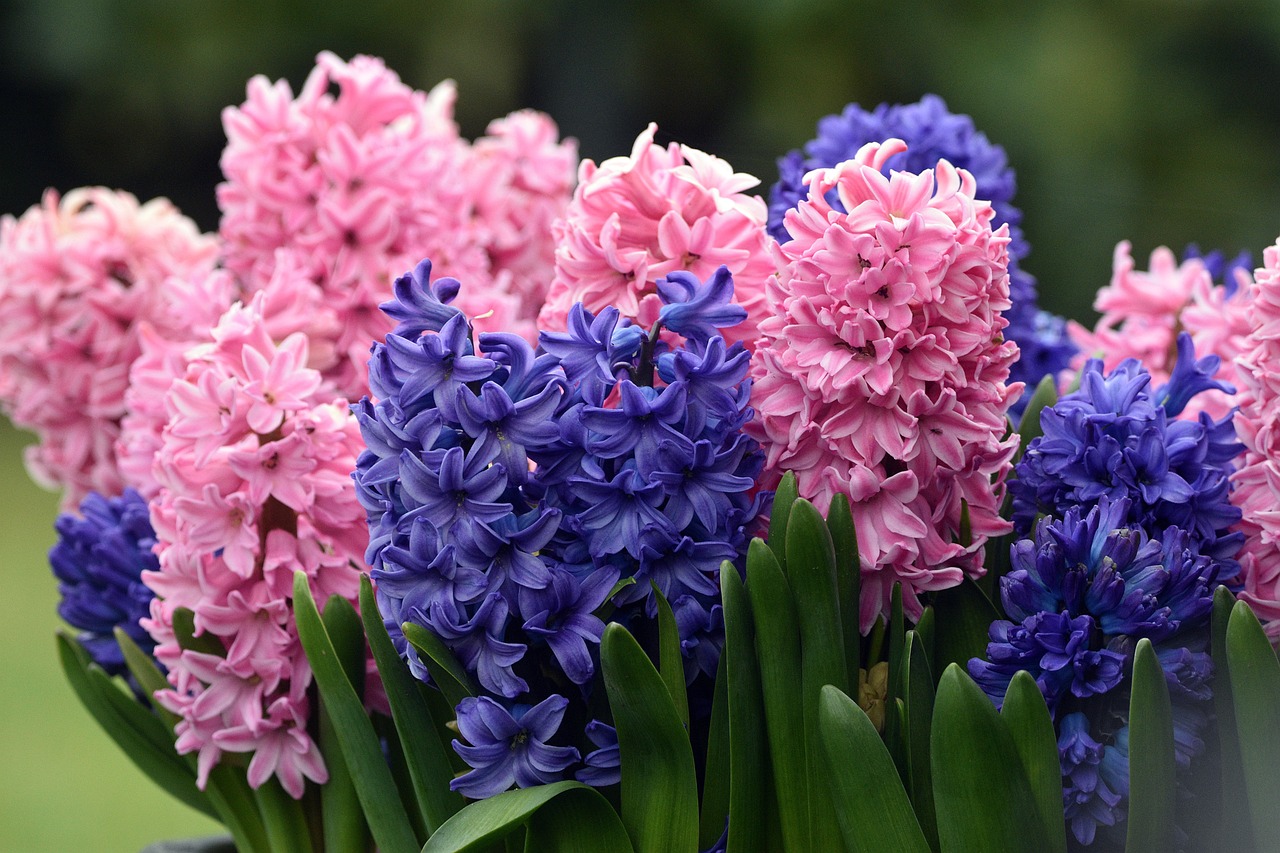
Fragrant and Colourful
Hyacinths bring both vibrant colours and a lovely fragrance to your garden. With shades of pink, blue, and white, they add a pop of colour to borders or pots.
Planting Depth
Plant hyacinth bulbs about 10 cm deep and 8 cm apart.
Tips
Hyacinths prefer a sunny spot with well-draining soil. Be careful when handling hyacinth bulbs, as they can irritate the skin.
Muscari (Grape Hyacinth)
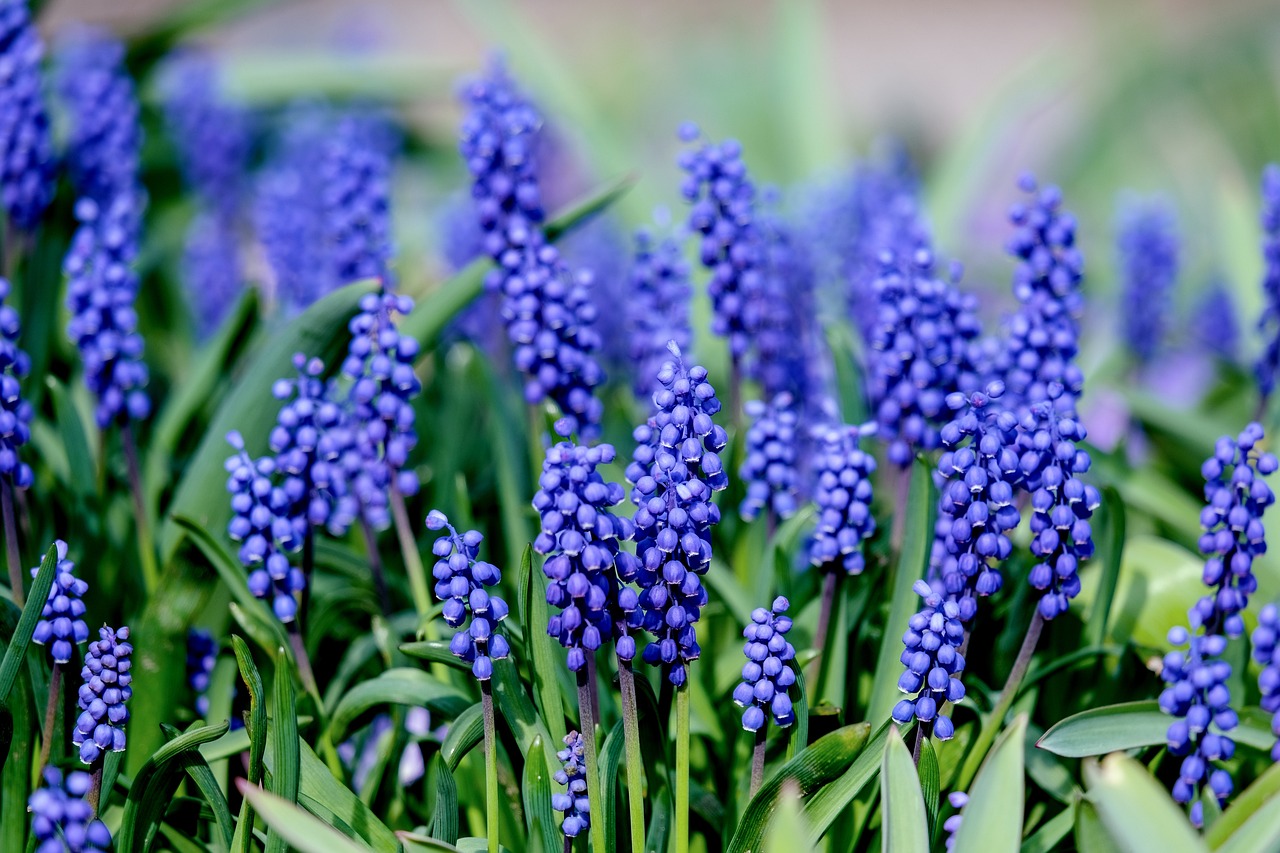
Clusters of Tiny Blue Flowers
Muscari, or grape hyacinths, are easy-to-grow bulbs that form dense clusters of blue, bell-shaped flowers.
Planting Depth
Plant muscari bulbs around 5-8 cm deep and 5 cm apart.
Tips
They grow well in borders or containers and can naturalise in grassy areas. Muscari are hardy and thrive in most soils, even in partial shade.
Anemones
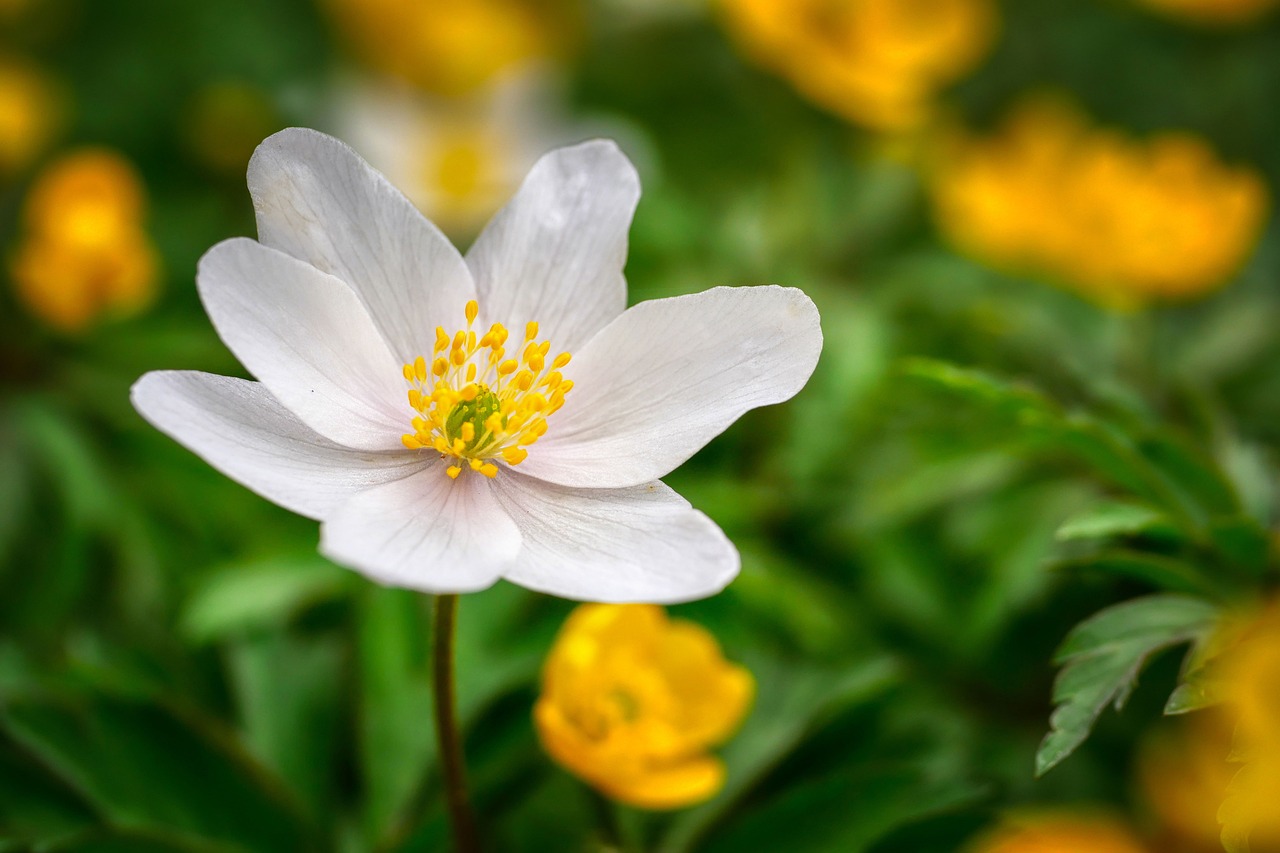
Delicate and Dainty
With soft, wind-swept petals, anemones bring a delicate look to the garden in spring. Varieties like Anemone Blanda come in shades of blue, pink, and white.
Planting Depth
Plant anemone tubers about 5 cm deep and 10 cm apart.
Tips
Soak the tubers overnight before planting to help them establish. Anemones prefer full sun to partial shade and will reward you with blooms that naturalise over time.
Irises
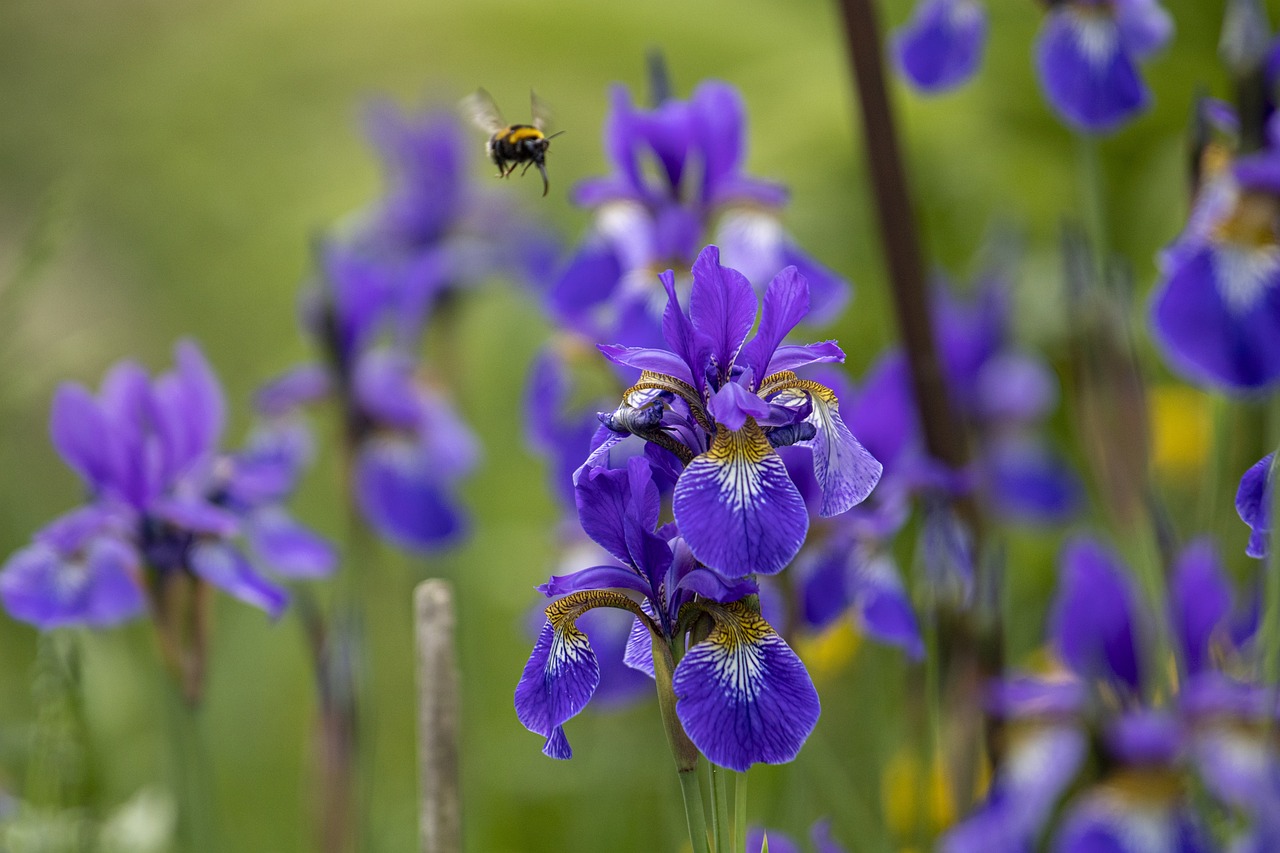
Tall and Elegant
Irises add an architectural element to garden beds. Their tall, elegant blooms in shades of blue, purple, and yellow are a lovely spring surprise.
Varieties
Dwarf irises bloom earlier, while taller varieties flower slightly later in the spring.
Planting Depth
Plant iris bulbs about 5-8 cm deep and 8-10 cm apart.
Tips
Irises prefer well-drained soil and full sun. Avoid planting in damp or shaded areas, as this can lead to root rot.
Planning ahead for a beautiful spring garden is one way to step up your game in the garden, and can level up any beginner green-thumbs to the next stage of their gardening journey!

